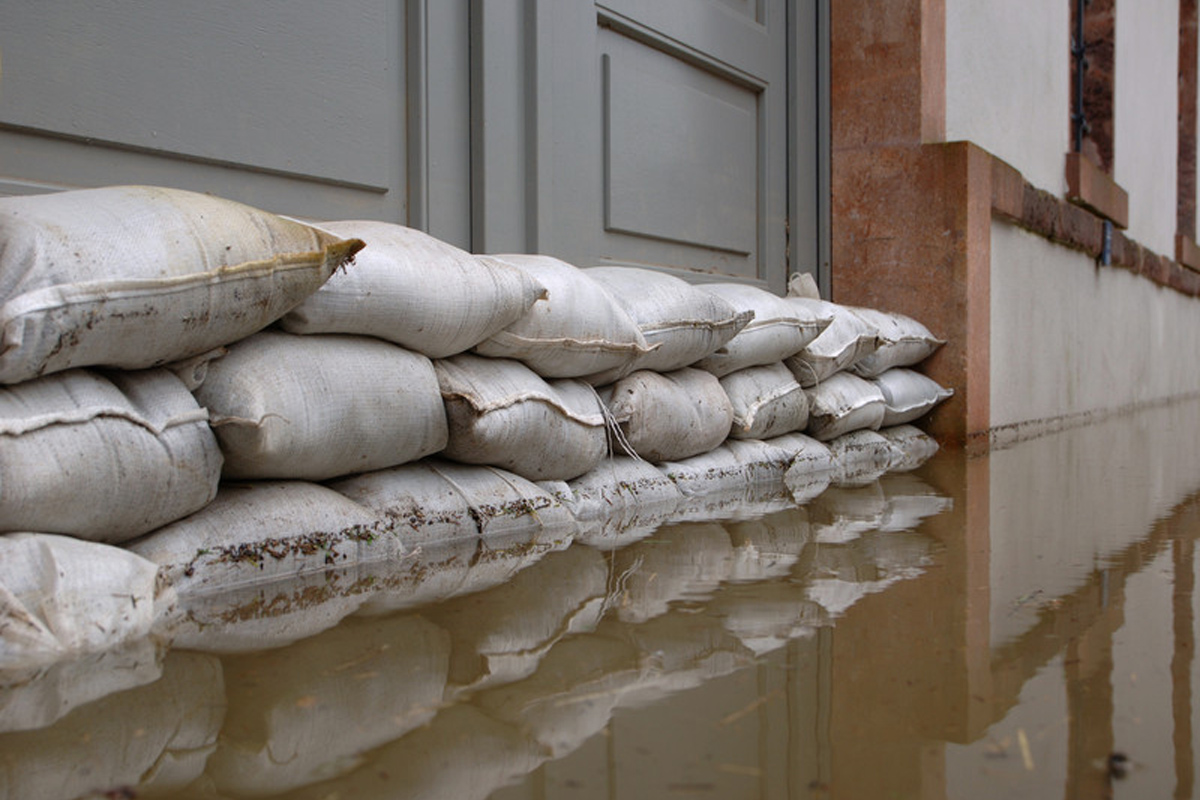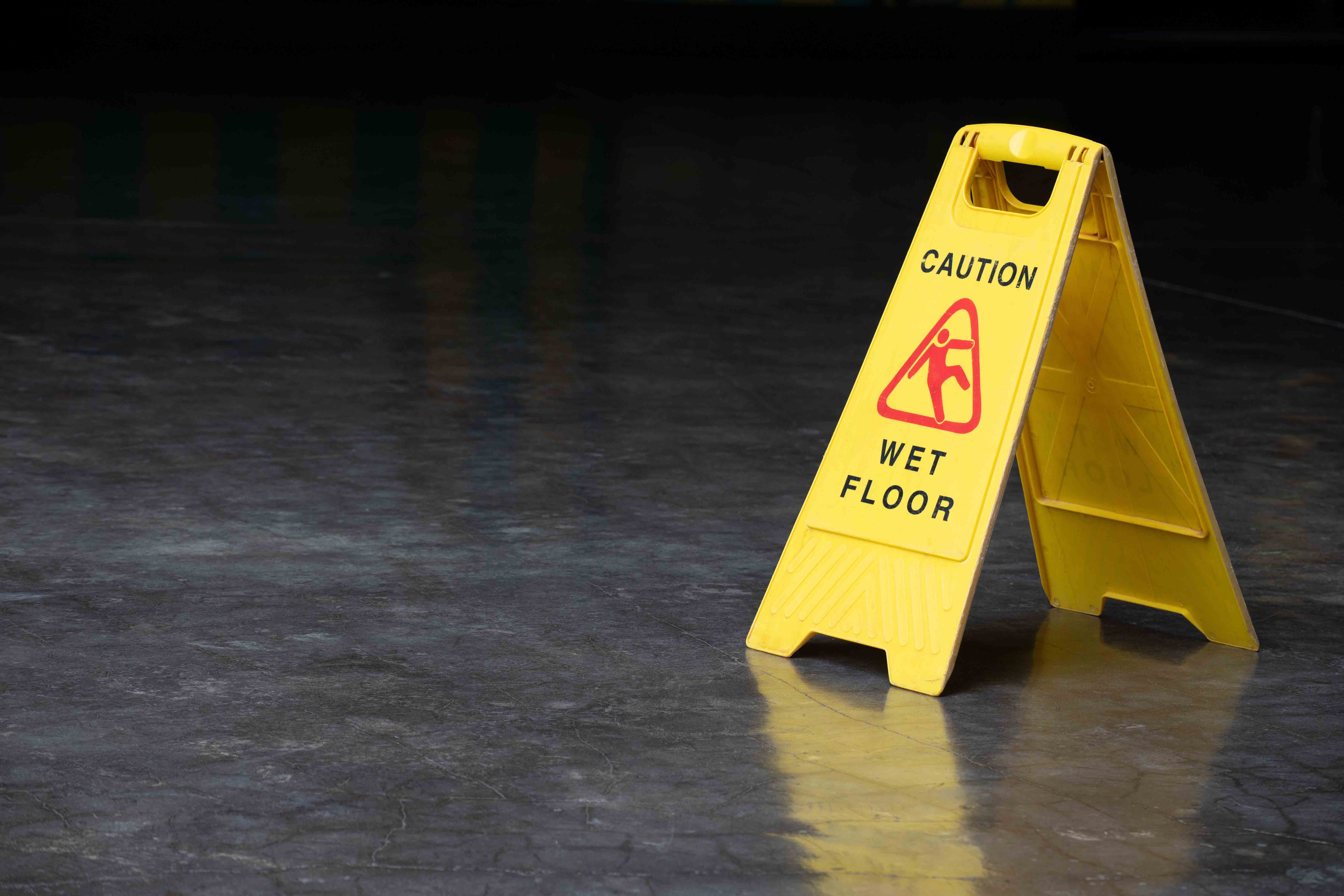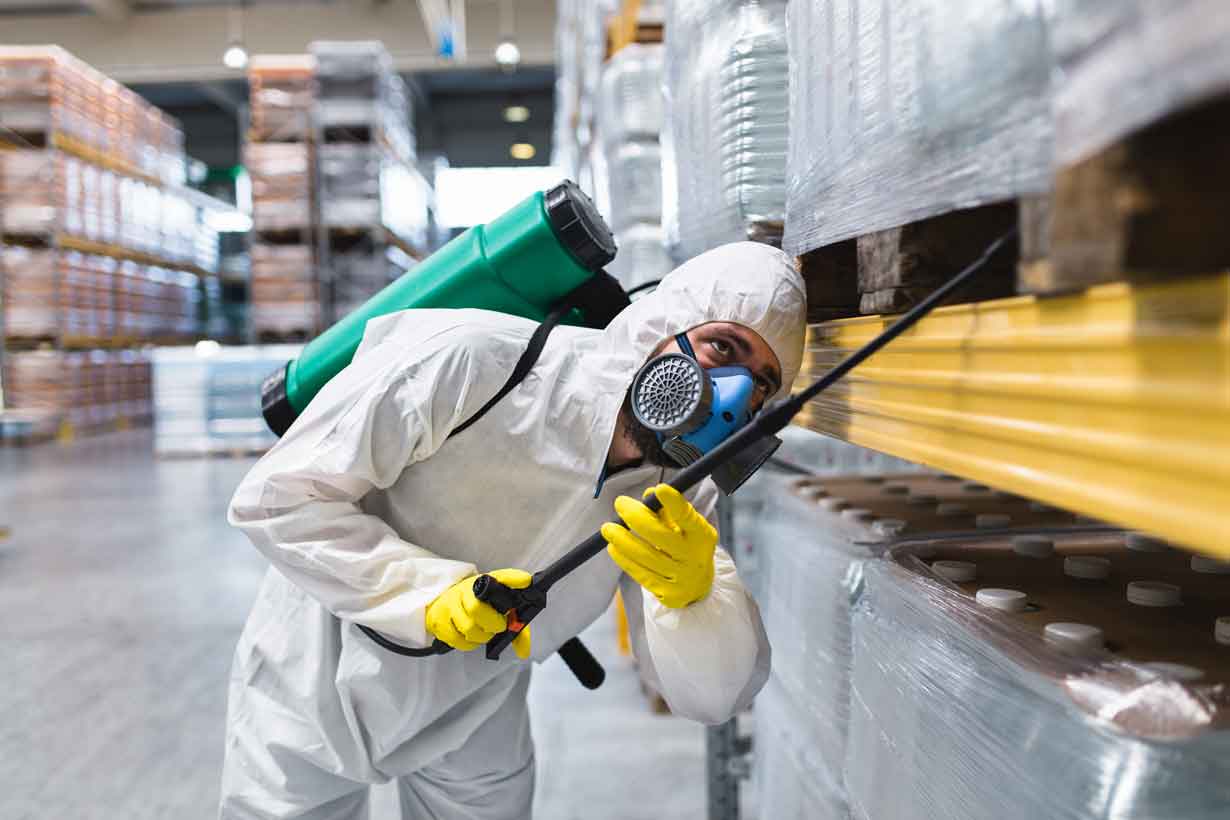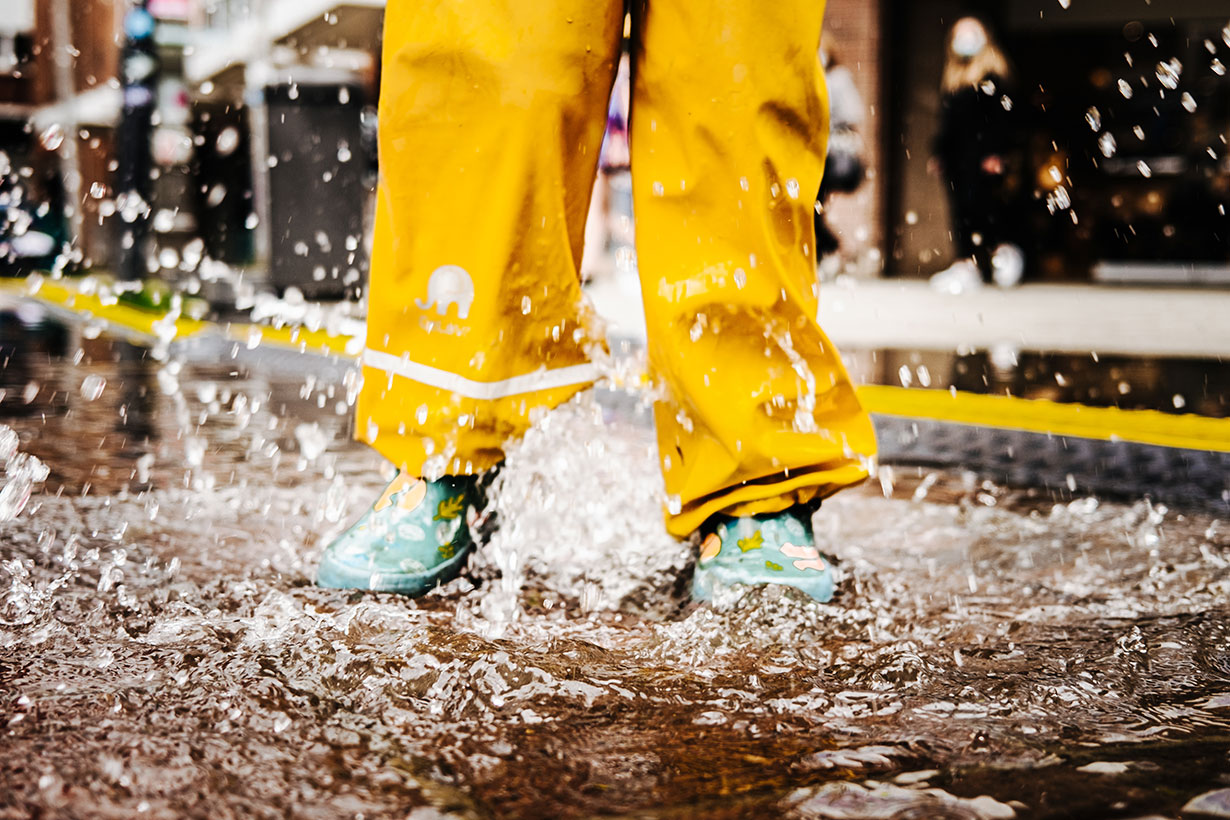

Flood Cleanup and Recovery Checklist
By Grainger Editorial Staff 2/23/24


Floods are one of the most common natural disasters. They can occur during any season and in all 50 states, whether they're caused by heavy rains, hurricanes, rapid snow melt or other conditions.
Your business needs to be ready, and your emergency plans should cover the cleanup as well as the preparation. What do you do after the dust – or rather, water – has settled? Cleaning up after a natural disaster requires an all-hands-on-deck approach. Here’s a checklist on flood cleanup and recovery:
1. Safety Gear
First things first: safety is a priority. Inspect any structural damage both inside and outside the facility before beginning your cleanup task. Be sure that all electrical and gas systems are turned off before entering the building, and proceed with caution.
Post-flood hazards can include sharp debris, slippery surfaces, contaminated water and harsh cleaning products.
Protect yourself and your team with the right equipment. Consider work clothing and PPE including work pants, coveralls or rainwear, durable waterproof footwear, rubber gloves, protective goggles and N-95 respirators.
![]() Be Ready to Recover
Be Ready to Recover
2. Equipment and Appliances
Water can do a lot of damage to electrical equipment. Although some items may look and work fine, water finds a way to seep through gradually. In order to salvage equipment, first diligently dry everything off. Most appliances can be washed and dried completely and still work—unless they were operating during the flood.
Any appliances or equipment made of stainless steel or other non-absorbent materials can typically be salvaged. Be sure to clean each device thoroughly with a disinfectant solution, which can also help reduce odors. Discard anything that is moldy, deteriorated, rusted or damaged beyond repair. Just use your best judgment.
3. Food, Water and Other
Discard any food or beverage items that may have come in contact with floodwater. Use the state of the container as a guide; toss it if it’s rusted, dented, pitted, swollen or leaking. Some canned goods can be saved if you remove the labels and thoroughly wash and rinse the cans with a sanitizing solution. Be sure to purify any water you use post-flood until your local water management department declares it safe.
4. Floors and Walls
Floors and walls are susceptible to damage, mold and structural decay. Remove any liquid with water suction and discharge hoses, and ventilate the areas immediately. Thoroughly clean all the surfaces with a disinfectant to kill any germs, mold and fungi. It's smart to delay any extensive repairs until the building is completely dry, which could take weeks.
![]() Be Ready to Recover
Be Ready to Recover
5. Furniture
Take all furniture outside for inspection and cleaning. Dispose of any upholstered furniture that has come into contact with floodwater. For pieces that can be saved, be rid of any mud or dust. Remove and dry off all parts of the furniture like drawers or doors. Fully clean each piece with a disinfectant, and let it dry out slowly. Keep furniture out of direct sunlight to prevent any warping.
One of the biggest threats to you, your building and everything inside is mold. Take initiative to control mold throughout the first couple of weeks and months after the flood. Circulate air and expedite the drying process by opening windows, using fans or air conditioners. The key is ventilation, so try to limit the use of appliances that add moisture into the air.
Though we can’t control the weather, we can control our reactions. With the right flood recovery and cleanup plan, your business will be back to working order before you know it.

Safety Management
6 Tips to Help Prevent Slips, Trips and Falls
Identify the fall hazards in your workplace and implement a fall safety program. Check out these tips from Grainger so you can mitigate risk.
![]() OUR LATEST KNOWHOW
OUR LATEST KNOWHOW

Equipment
Facility Pest Control: How IPM Helps Safely Manage Insects
Discover safe, compliant pest control with IPM. Find tips for insect monitoring, sanitation and safe insecticide use in commercial facilities.
The information contained in this article is intended for general information purposes only and is based on information available as of the initial date of publication. No representation is made that the information or references are complete or remain current. This article is not a substitute for review of current applicable government regulations, industry standards, or other standards specific to your business and/or activities and should not be construed as legal advice or opinion. Readers with specific questions should refer to the applicable standards or consult with an attorney.


















